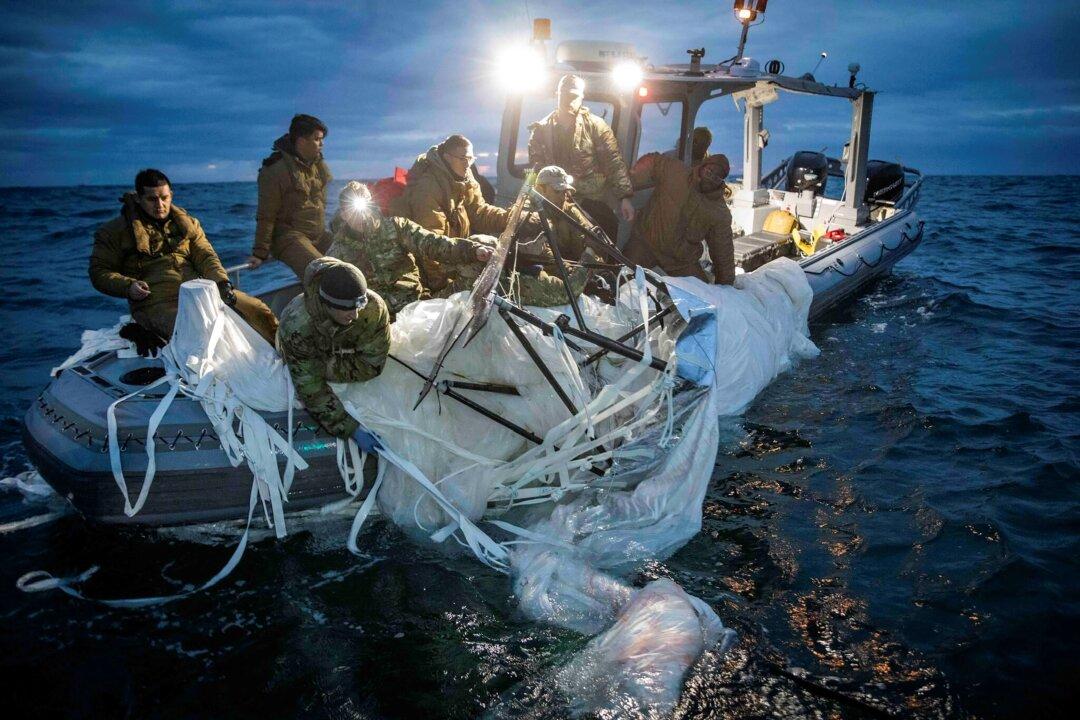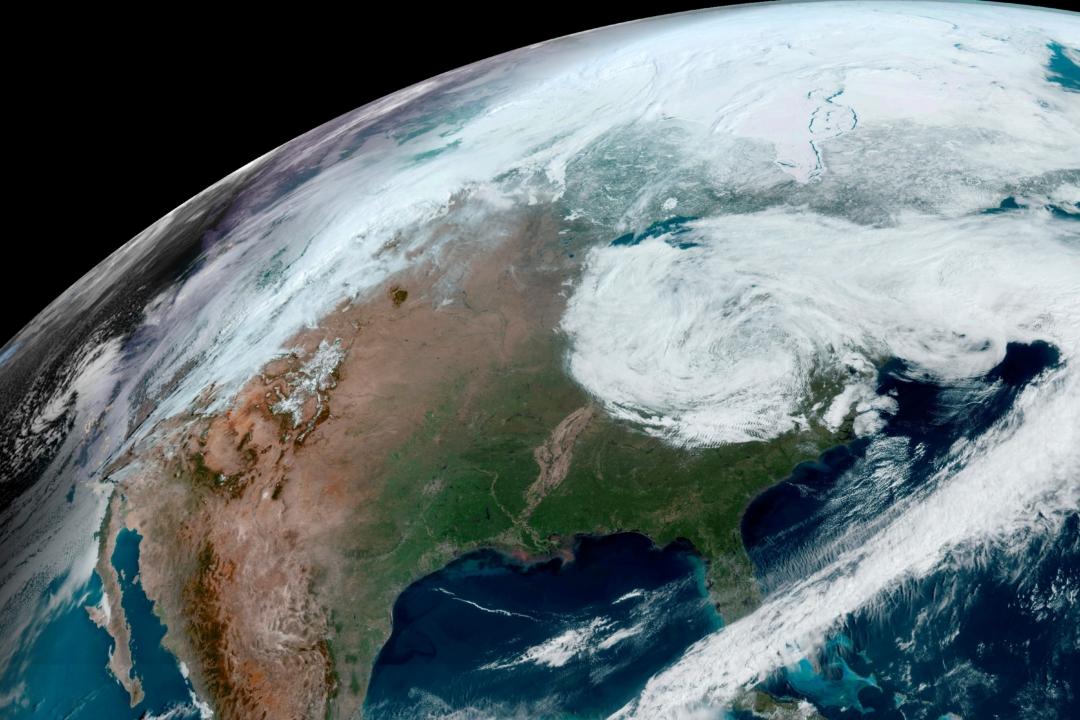The Chinese spy balloon that entered U.S. airspace on Jan. 28 is the beginning of a nuclear fear campaign that'll only grow, Asia military expert Rick Fisher alleged in an interview, which aired on Newsmakers by NTD and The Epoch Times on Feb. 16.
“The balloon is really the first of what’s going to become a constant pattern in our lives of aircraft carriers sailing off our coasts, bombers flying off our coasts,” Fisher said.





